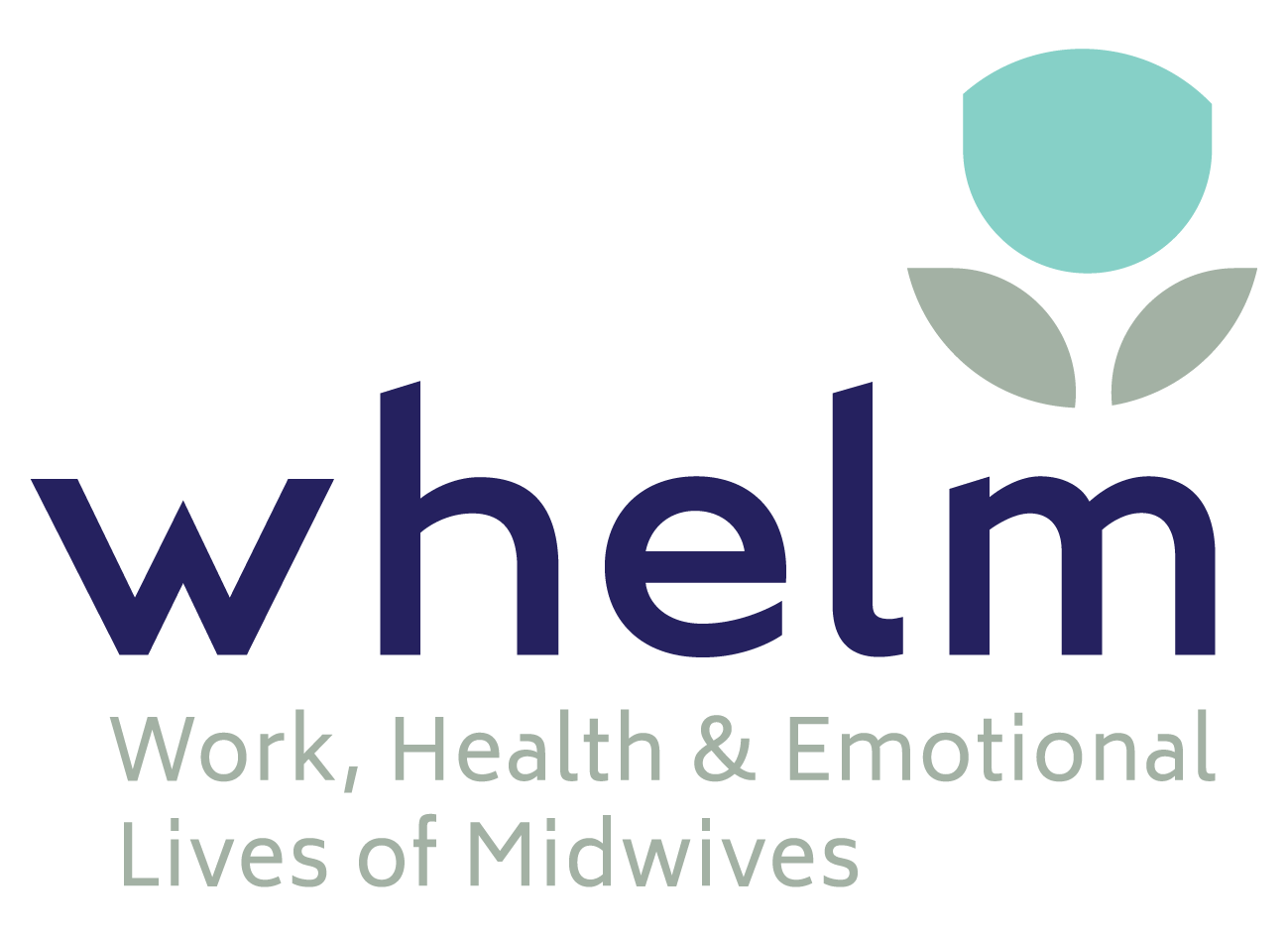Childbirth is the most common reason for hospitalisation and the most expensive. Many high-income countries have witnessed escalating obstetric intervention rates (“too much, too soon”) with either no improvement or worsening health outcomes for women and babies (Miller et al., 2016). Overuse, or misuse, of medical intervention is wasteful of resources – and perhaps more importantly, it harms mothers and babies (Miller et al., 2016) – with potential life course consequences (Peters et al., 2018).
Quality care maternity care has been referred to “right care” (Kennedy et al., 2018). Right care is woman-centred and individualised, informed by evidence, cost-effective, includes consideration of benefits and harms, strengthens equity and is available across the continuum (World Health Organization, 2016).
Value-based maternity care
Value-based healthcare means care that is not only safe and effective, but “worth it” for the people providing care, receiving care, and paying for care (Sudhof & Shah, 2019). Value, however, is hard to measure. When hospitals and clinicians that provide maternity care are reimbursed for the quantity of services, rather than the quality of services, there is no incentive to provide right care (Sudhof & Shah, 2019). The authors describe some of the barriers to providing high-value maternity care – time pressure, fear of malpractice, and misaligned financial incentives (Sudhof & Shah, 2019).
Sudhof & Shah (2019) recommend five strategies to deliver high-value maternity care:
- When treatments are equivalent, choose based on price. For example, birth centre care for women at low risk of complications.
- Critically evaluate and individualise emerging technologies. For example, consider the cost, risk, and benefit of specific screening tests rather than offering them to all pregnant women.
- Prioritise team-based approaches to care. For example, provide collaborative obstetric and midwifery care, and access to professional labour support.
- Integrate contraception and pregnancy counselling. For example, provide access to immediate postpartum long-acting reversible contraception.
- Expand ways of engaging women in maternity care. For example, consider home visits for women that are otherwise hard to reach or follow up.
Value-based performance programs
Many countries have implemented and evaluated value-based performance (VBP) programs to financially reward quality of care (Chee et al., 2017). For example, the US Hospital VBP program takes 2% of the participating hospitals’ diagnosis-related payments for the financial year to redistribute based on each hospital’s quality performance (U.S. Centers for Medicare & Medicaid Services, 2021). Quality performance is measured in four areas: 1) clinical outcomes; 2) patient-reported experience measure; 3) safety and 4) efficiency. A systematic review of VBP programs reports they are marginally effective in some settings, but some results are mixed, and some positive changes are not sustained (Chee et al., 2017). The review authors identified several opportunities to strengthen VBP programs. For example, getting better at measuring what ‘quality’ is and increasing the size and design of financial incentives (Chee et al., 2017).
Currently, in the US Hospital VBP program, women who have given birth in hospital are combined with all other hospital patients. Indeed, there is no specific VBP programs for maternity and/or obstetric care in any country. In addition, the patient-reported outcome and experience measures used in VBP programs are not specific to pregnancy and childbirth (Childbirth Connections, 2016).
Patient reported outcomes and experiences
Kennedy et al. (2018) recommend research to determine which measures can be used to effectively see quantifiable improvements in clinical outcomes and women’s experiences during pregnancy and childbirth. A Patient Reported Outcome Measure (PROM) is used to get healthcare users views of “their symptoms, their functional status, and their health-related quality of life” (Black, 2013). Whereas a Patient Reported Experience Measure (PREM) refers to the person’s experiences of the healthcare services they received (Chen et al., 2021); specifically, what happened during their care encounter and how it happened (Bull et al., 2019). The International Consortium for Health Outcomes Measurement have developed a Pregnancy and Childbirth outcome set of 24 measures that are internationally appropriate and represent what matters to women and families (Nijagal et al., 2018). While research using these measures has been limited, routine collection would be valuable for health services (Chen et al., 2021).
Conclusion
Once the ICHOM pregnancy and childbirth outcome set has been validated across international settings, it could be used to benchmark and incentivise the improvement of maternity care (Nijagal et al., 2018). Potentially, this could be incorporated intoa maternity-specific VBP program. Reducing unnecessary interventions and improving the quality of care during childbirth is not only critical to the outcomes and experiences of childbearing women and newborns – it would save the taxpayer money (Childbirth Connections, 2016).
Highlighted article
Sudhof, L. & Shah, N.T. (2019). In pursuit of value-based maternity care. Obstetrics & Gynecolology, 133, 541–551. https://doi.10.1097/AOG.0000000000003113
References
Black N. (2013). Patient reported outcome measures could help transform healthcare. British Medical Journal, 346(167). https://doi.org/10.1136/bmj.f167
Bull C, Byrnes J, Hettiarachchi R, Downes M. (2019). A systematic review of the validity and reliability of patient-reported experience measures. Health Services Research, 54(5), 1023-1035.
Chee, T. T., Ryan, A. M., Wasfy, J. H., & Borden, W. B. (2016). Current state of value-based purchasing programs. Circulation, 133(22), 2197–2205. https://doi.org/10.1161/CIRCULATIONAHA.115.010268
Chen, A., Väyrynen, K., Leskelä, R. L., Heinonen, S., Lillrank, P., Tekay, A., & Torkki, P. (2021). A qualitative study on professionals’ attitudes and views towards the introduction of patient reported measures into public maternity care pathway. BMC Health Services Research, 21(1), 645. https://doi.org/10.1186/s12913-021-06658-z
Childbirth Connections. (2016). The Quality Care for Moms and Babies Act: Improving Maternity Care for Women and Families. National Partnership for Women and Families.
Dickinson, F., McCauley, M., Smith, H., & van den Broek, N. (2019). Patient reported outcome measures for use in pregnancy and childbirth: a systematic review. BMC Pregnancy and Childbirth, 19(1).
Kennedy, HP, Cheyney, M, Dahlen, HG, et al. (2018). Asking different questions: A call to action for research to improve the quality of care for every woman, every child. Birth: Issues in Perinatal Care, 45, 222- 231. https://doi.org/10.1111/birt.12361
Miller, S., et al. (2016). Beyond too little, too late and too much, too soon: a pathway towards evidence-based, respectful maternity care worldwide. The Lancet, 388(10056), 2176 – 2192.
Nijagal, M. A., Wissig, S., Stowell, C., Olson, E., Amer-Wahlin, I., Bonsel, G., Brooks, A., Coleman, M., Devi Karalasingam, S., Duffy, J., Flanagan, T., Gebhardt, S., Greene, M. E., Groenendaal, F., R Jeganathan, J. R., Kowaliw, T., Lamain-de-Ruiter, M., Main, E., Owens, M., Petersen, R., … Franx, A. (2018). Standardized outcome measures for pregnancy and childbirth, an ICHOM proposal. BMC Health Services Research, 18(1), 953. https://doi.org/10.1186/s12913-018-3732-3
Peters LL, Thornton C, de Jonge A, et al. (2018). The effect of medical and operative birth interventions on child health outcomes in the first 28 days and up to 5 years of age: a linked data populationbased cohort study. Birth: Issues in Perinatal Care, 1‐11.
Symon, A., Downe, S., Finlayson, K. W., Knapp, R., & Diggle, P. (2015). The feasibility and acceptability of using the Mother-Generated Index (MGI) as a patient reported outcome measure in a randomised controlled trial of maternity care. BMC Medical Research Methodology, 15(92).
U.S. Centers for Medicare & Medicaid Services. (2021). Hospital Value-Based Purchasing Program. Retrieved from: https://www.cms.gov/Medicare/Quality-Initiatives-Patient-Assessment-Instruments/Value-Based-Programs/HVBP/Hospital-Value-Based-Purchasing.
World Health Organization. (2016). WHO Recommendations on Antenatal Care for a Positive Pregnancy Experience. World Health Organization.








